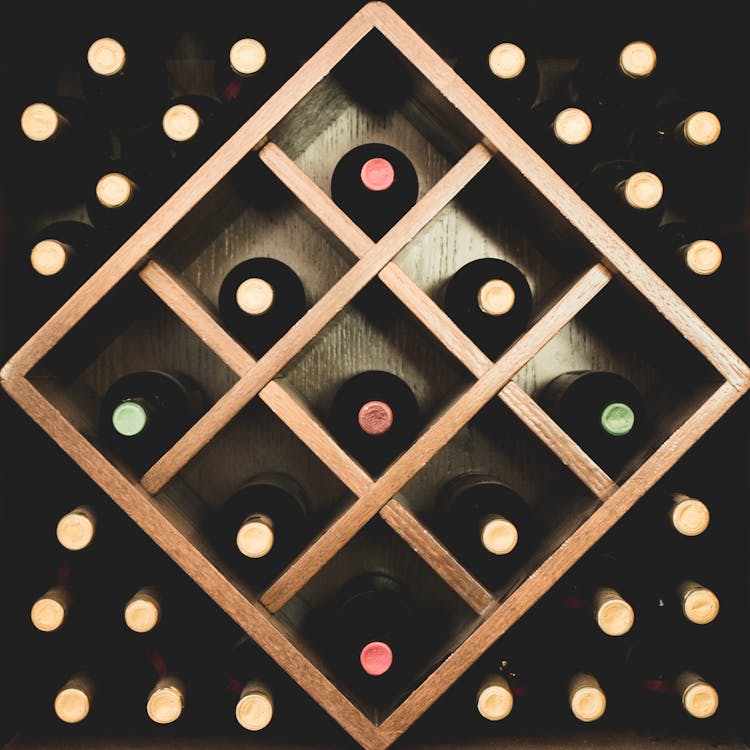
What Makes 90 Point Wines So Special?
If you've ever pondered what sets a great wine from an outstanding one, you're not alone. The wine world is packed with ratings, but few numbers carry as much prestige as a 90-point score. A wine rated ninety points or higher has been judged by critics for its remarkable balance, depth, and overall quality. But what does that mean for your goblet? And how can you genuinely appreciate wines that have earned this recognition?
This detailed guide takes you through everything you need to know about 90-point wines, from how they are graded to how you can optimally experience them at home.
Understanding Wine Ratings: The Influence of Ninety Points
How Wine Evaluations Work
Wine reviewers and journals use the 100-point scale to assess wines based on factors like bouquet, flavor, composition, and complexity. Here’s a simple breakdown:
- 95-100: Extraordinary. These wines stand out for their intricacy, harmony, and aging potential.
- 90-94: Outstanding. These wines are of excellent quality, delivering a memorable experience.
- 85-89: Very good. These wines are pleasing and well-made, though not as complex as higher-rated options.
- 80-84: Good. Moderate wines that are pleasant but not remarkable.
A 90-point wine means you’re getting something truly remarkable—a bottle that satisfies professional standards and delivers a polished tasting experience.
Why Does a Ninety-Point Rating Matter?
A site ninety+ score is more than just a digit—it’s a stamp of quality. It signifies that the wine has been reviewed by industry professionals and deemed exceptional to most. While individual preference still plays a major role, knowing that a wine has secured this rating can ease the selection process, whether you’re a beginner or a seasoned collector.
The Key Behind Ninety-Point Wines
What Gives a Wine a Ninety+ Rating?
Several key factors influence a high wine rating:
- Balance: The equilibrium of acidity, tannins, fruit, and alcohol.
- Complexity: Layers of flavors and aromas that evolve in the glass.
- Finish: A lasting aftertaste that lingers after each sip.
- Aging Potential: Wines that evolve elegantly over time often achieve higher scores.
When these attributes align perfectly, a wine deserves its ranking in the ninety-point club.
Common Qualities of Ninety-Point Wines
Though no two wines are the same, 90-point wines often share these distinguishing aspects:
- Rich and structured flavors – Expect bold fruit, spice, or earthy notes.
- Aromatic complexity – From floral to smoky, the scent profile is dynamic.
- Silky mouthfeel – Whether sharp or dense, the wine radiates refinement.
How to Select the Right Ninety-Point Wine
Matching a Ninety-Point Wine with the Perfect Occasion
The beauty of highly rated wines is that they elevate any event. Here’s how to opt for the best one for various settings:
- Casual Gatherings – Choose a velvety, approachable red or white.
- Festive Celebrations – Opt for a bold, structured wine with substance.
- Gourmet at Home – Mature wines or full-bodied reds enhance the culinary experience.
Your Next Wine Adventure Awaits
Enjoying ninety-point wines isn’t just about the rating—it’s about the entire experience. Whether you’re savoring a pour with a meal, toasting a memorable event, or discovering new flavors, these wines provide a delightful expedition.
Next time you’re choosing a bottle, let your senses direct you. Venture, delve, and indulge—because every great bottle has a story waiting to be unveiled. Cheers to your next unparalleled sip!
Throw your two cents in the ring. More value-packed posts coming your way relevant to rutherford wines today.
Comments on “Savoring Excellence: A Guide to Enjoying 90 Point Wines Like a Connoisseur”